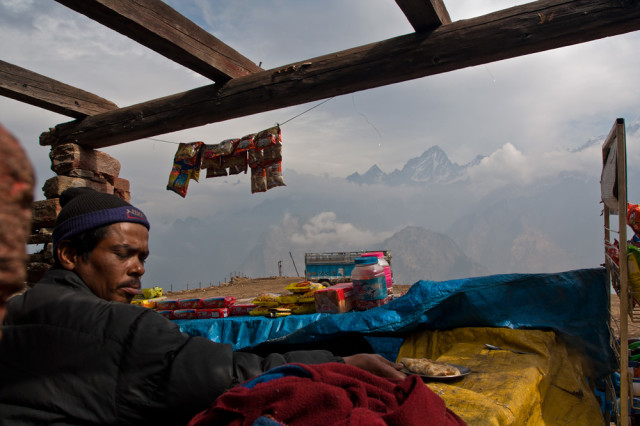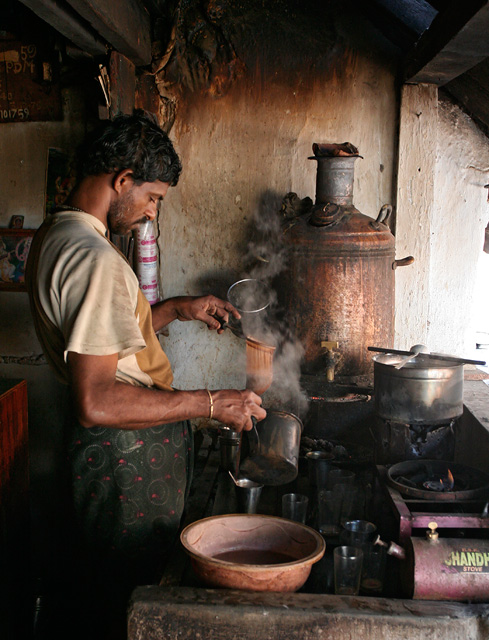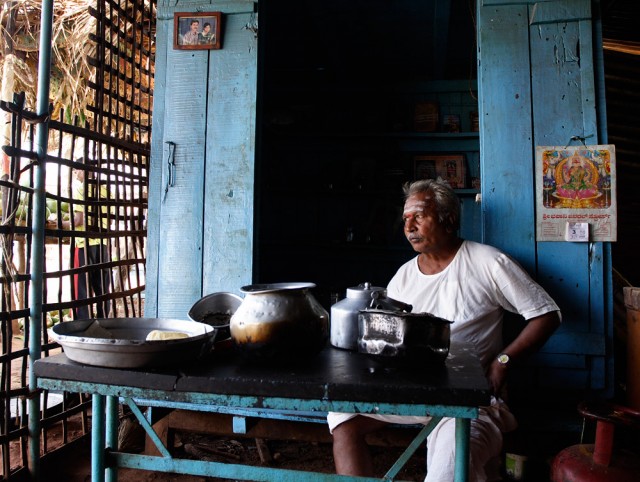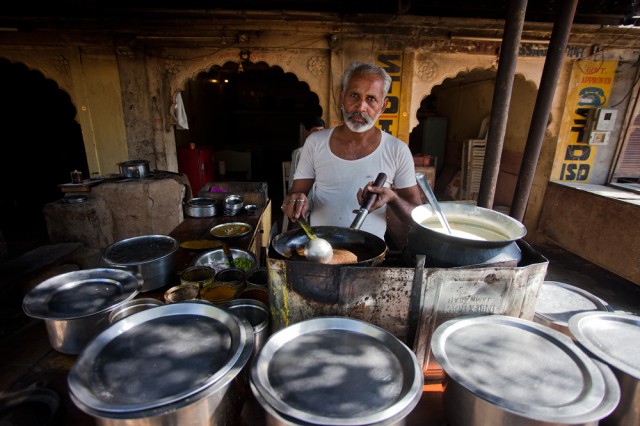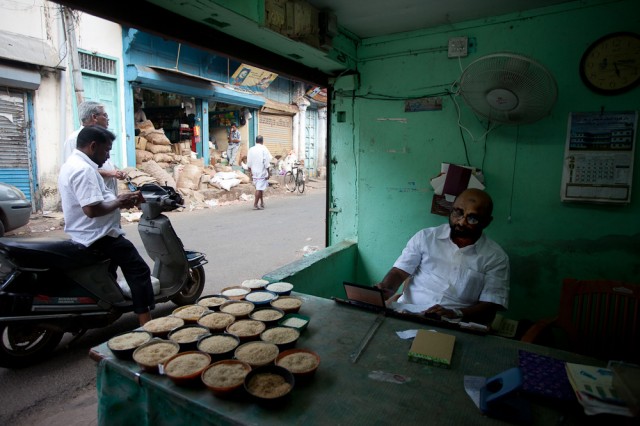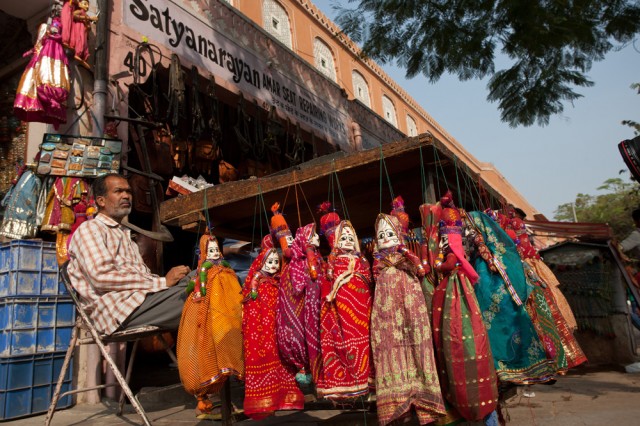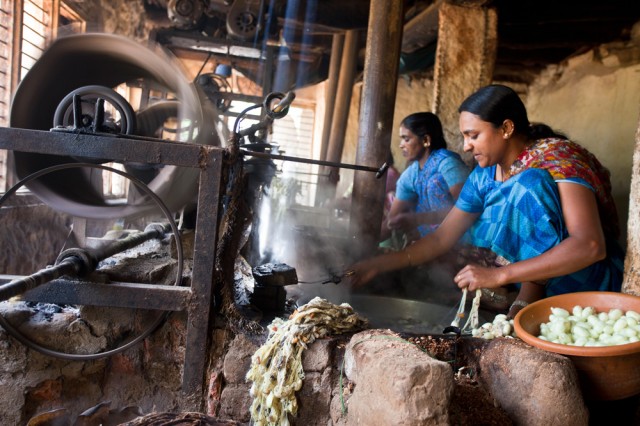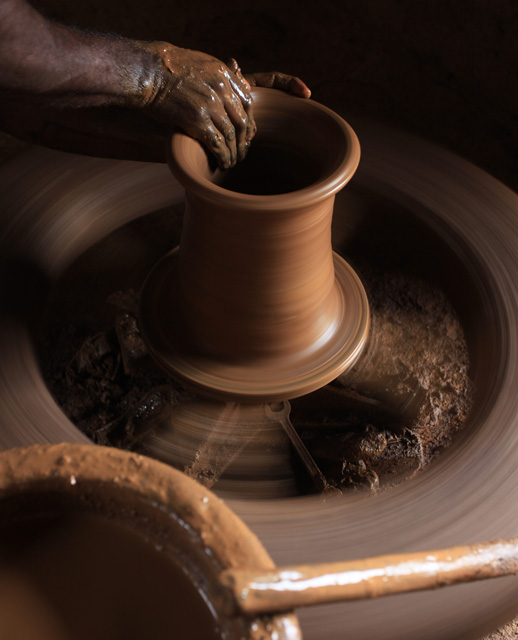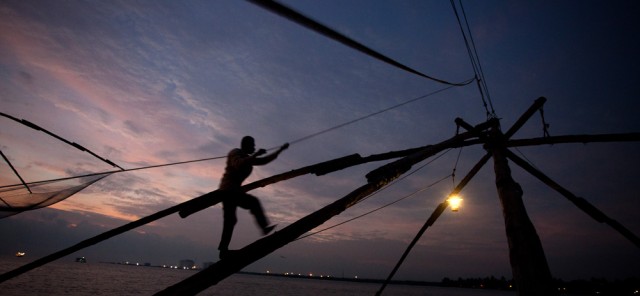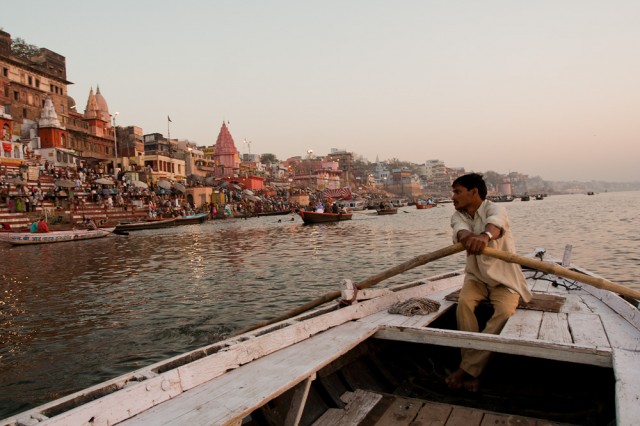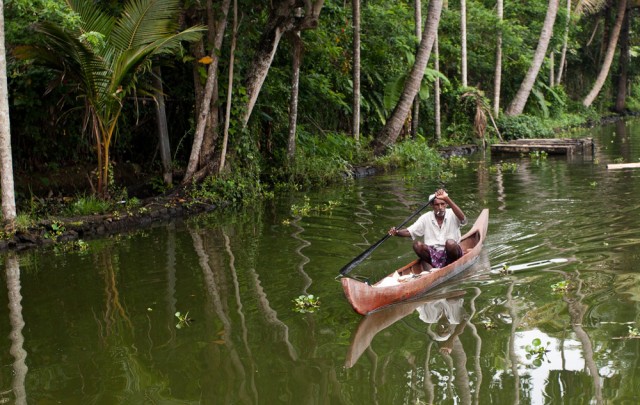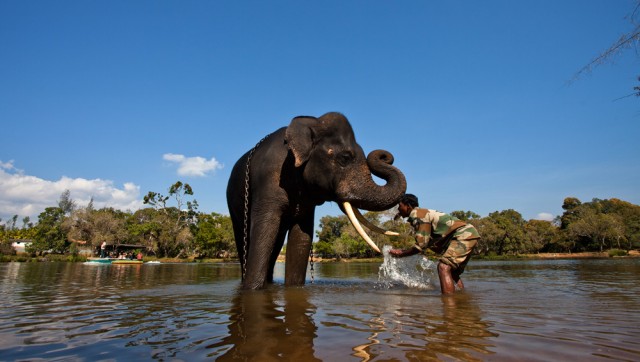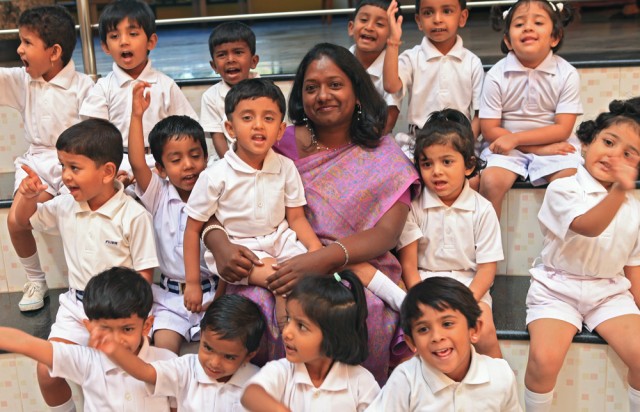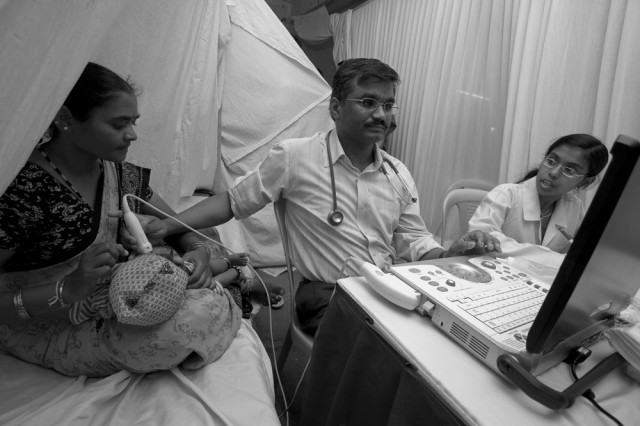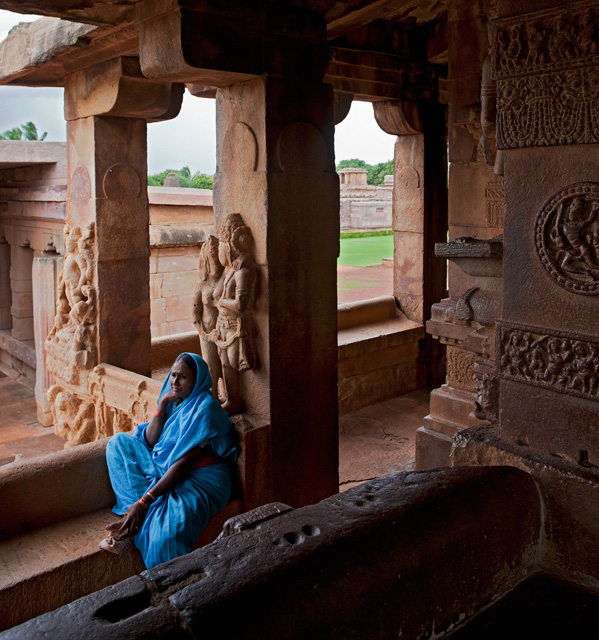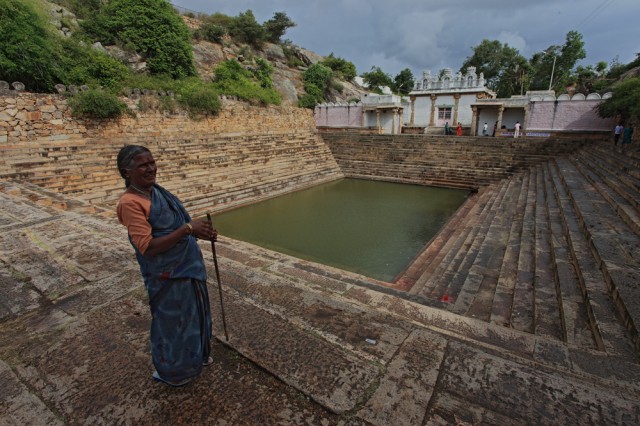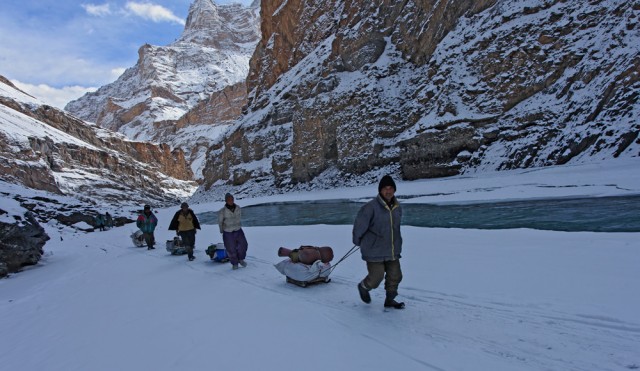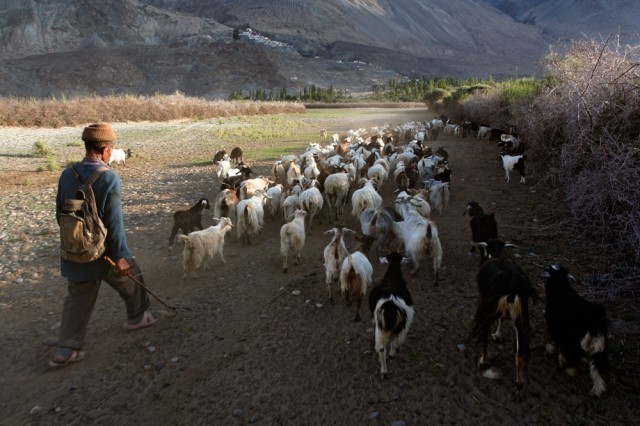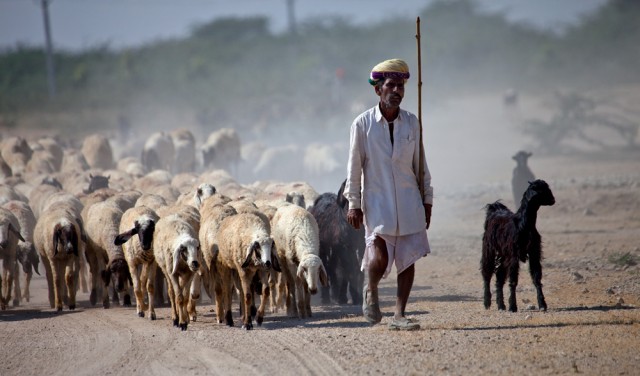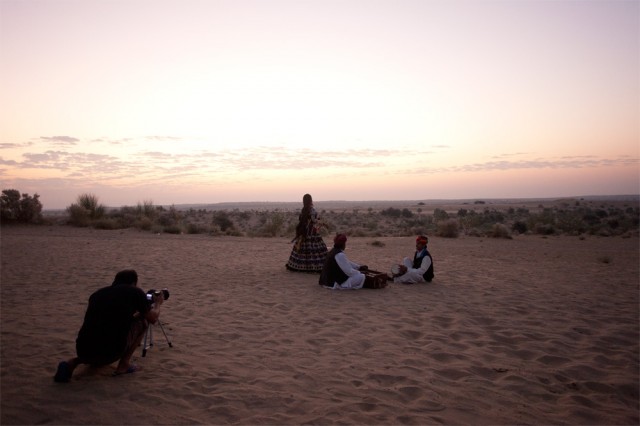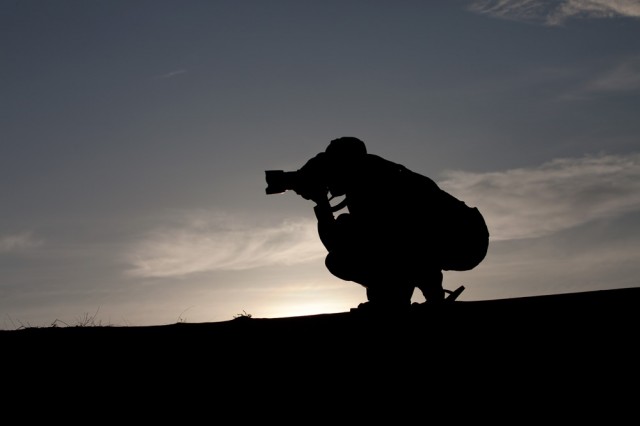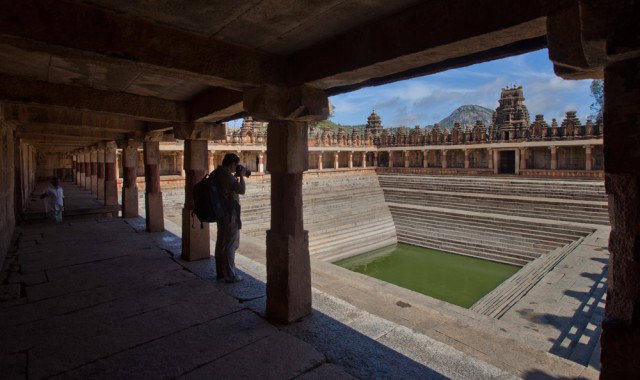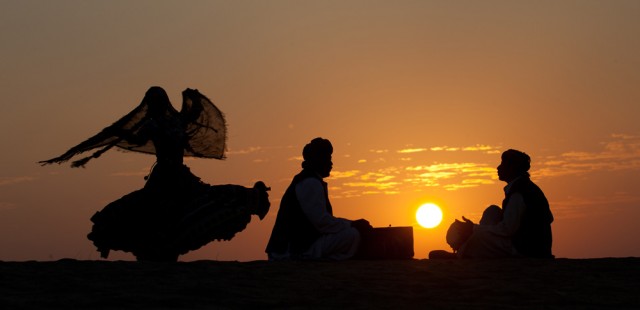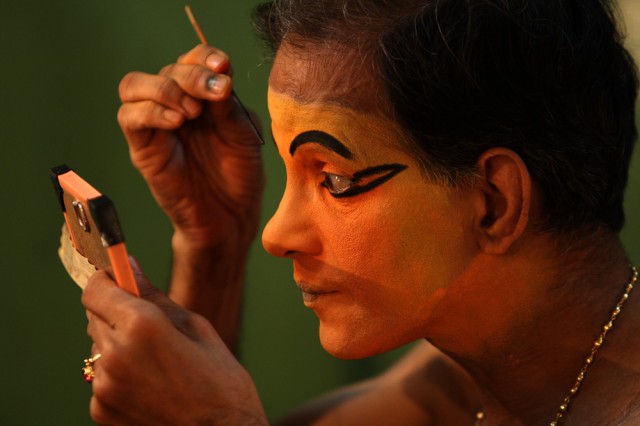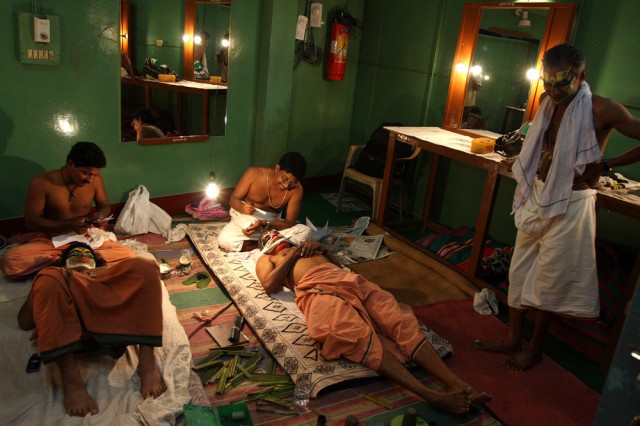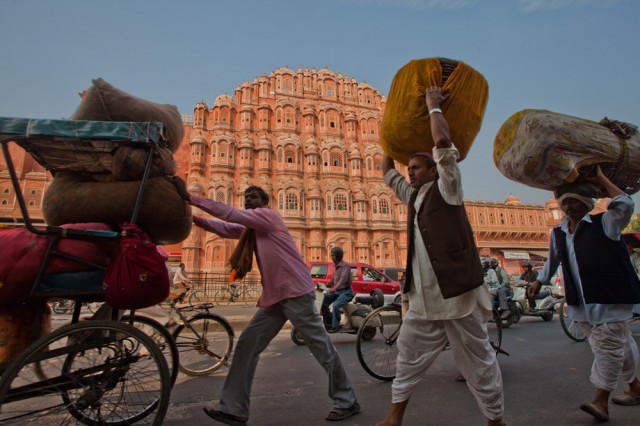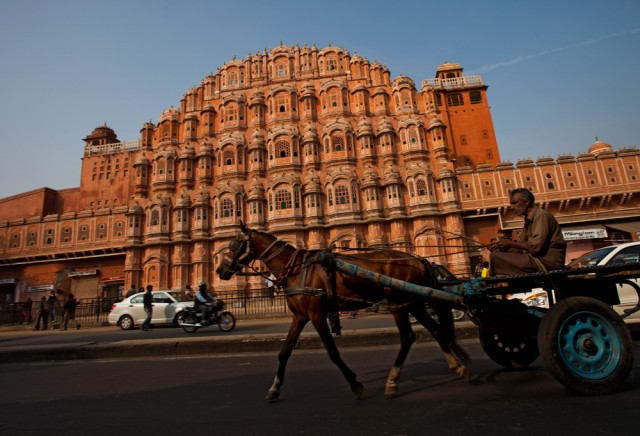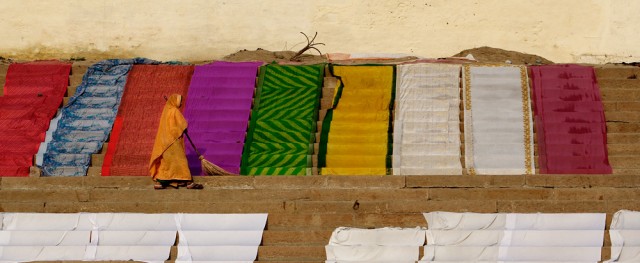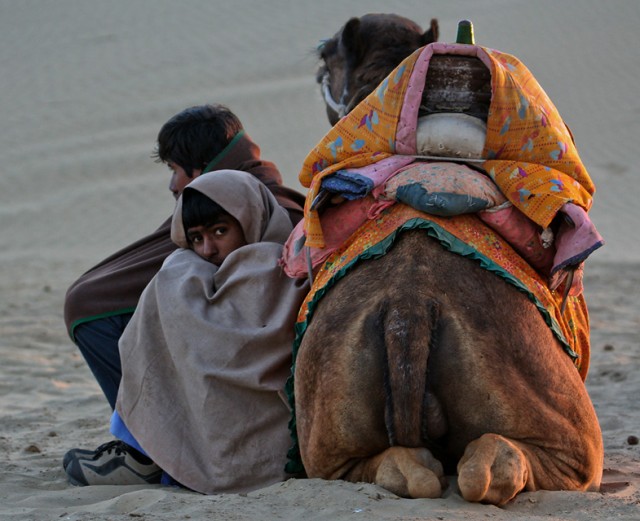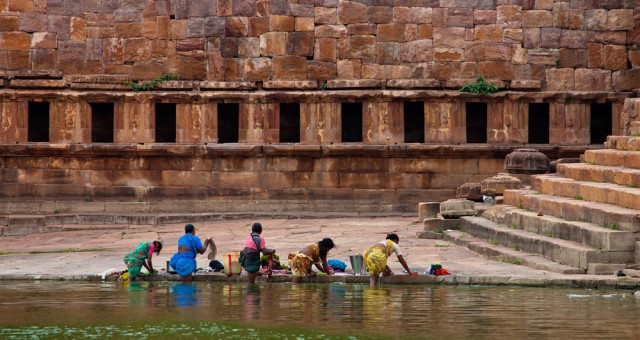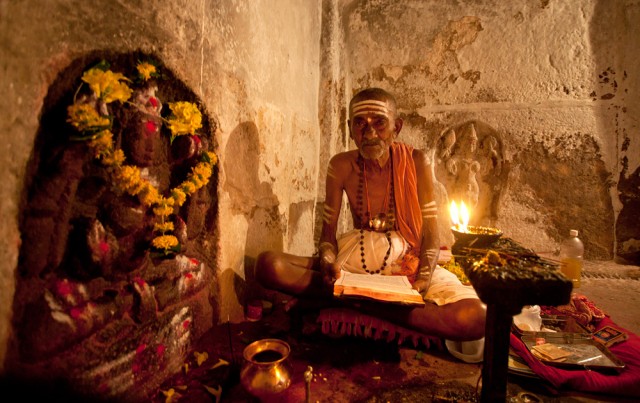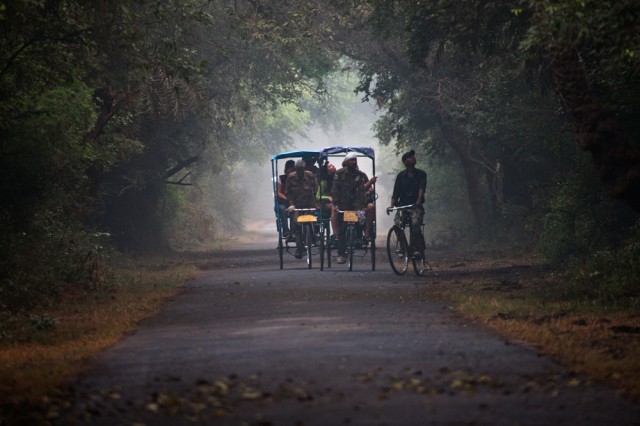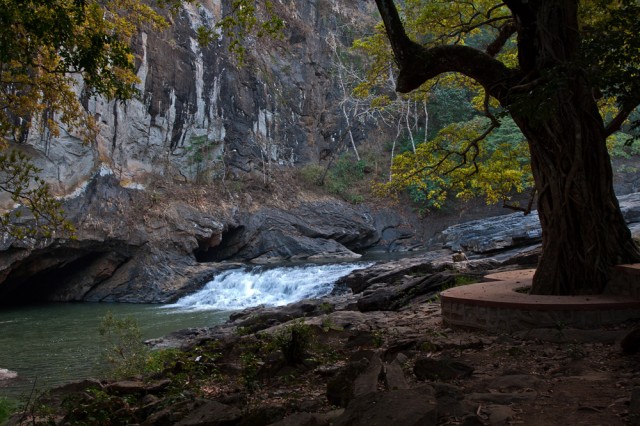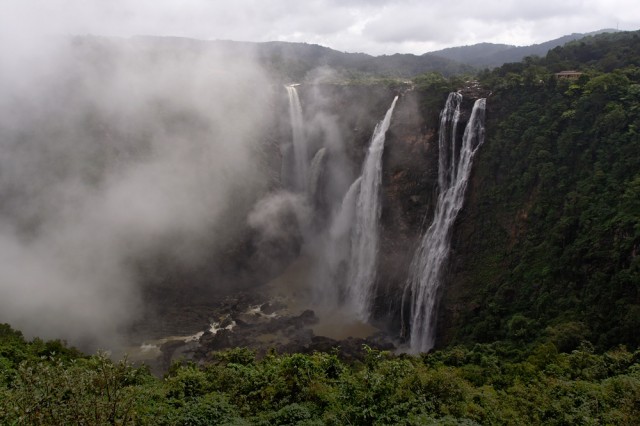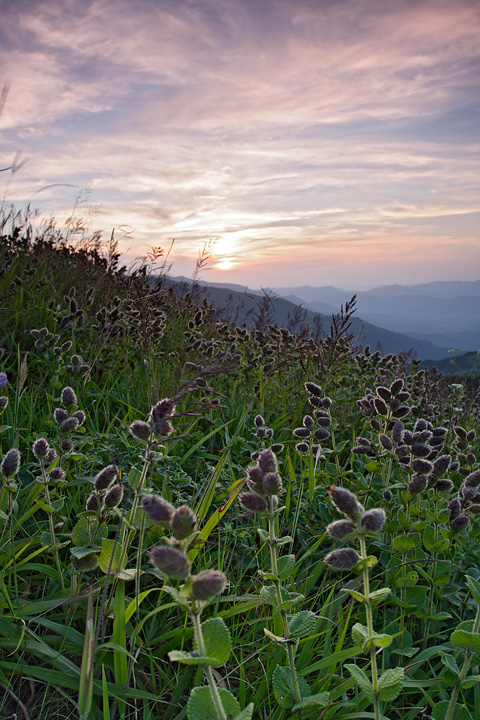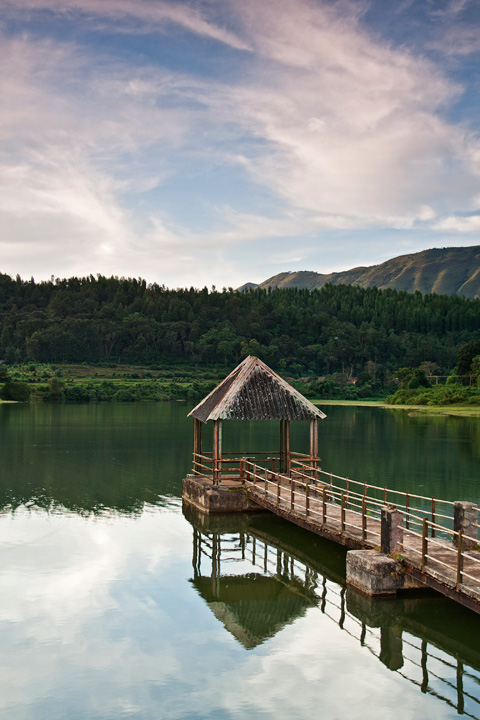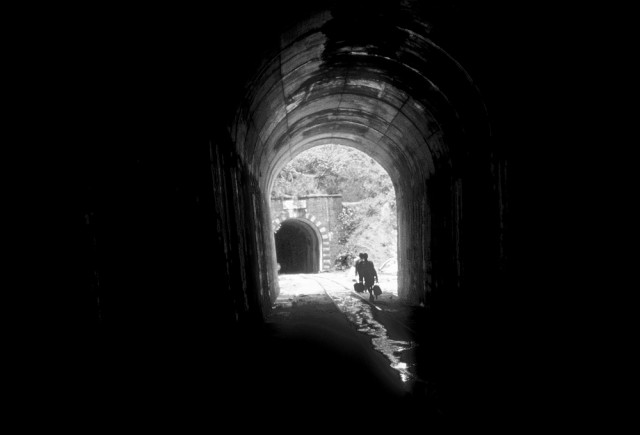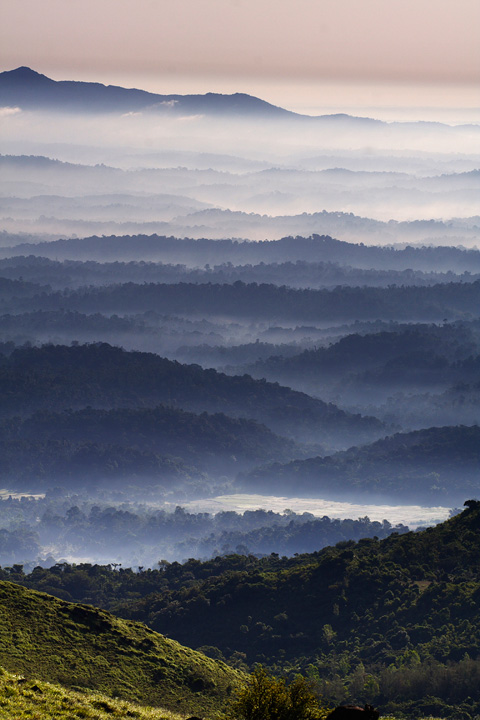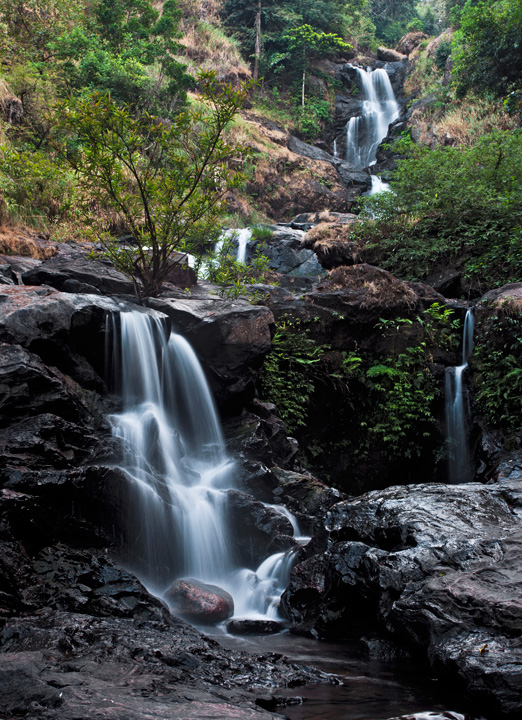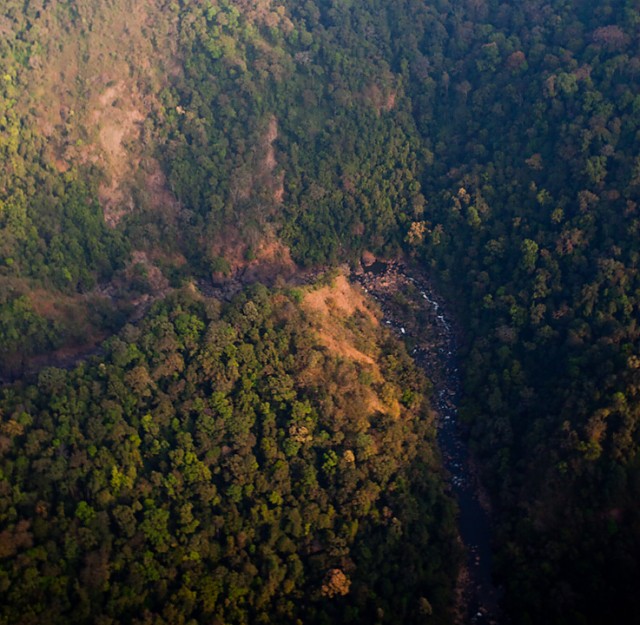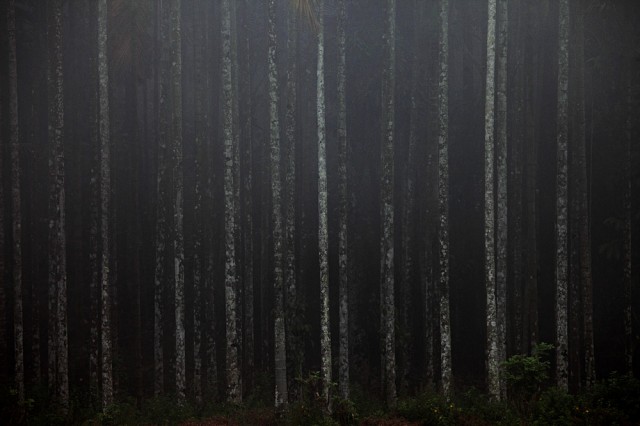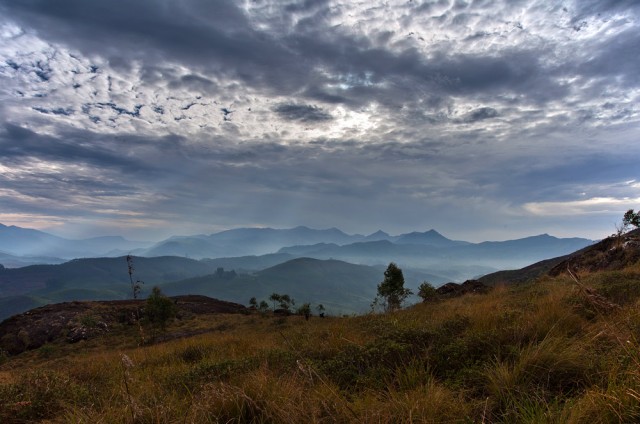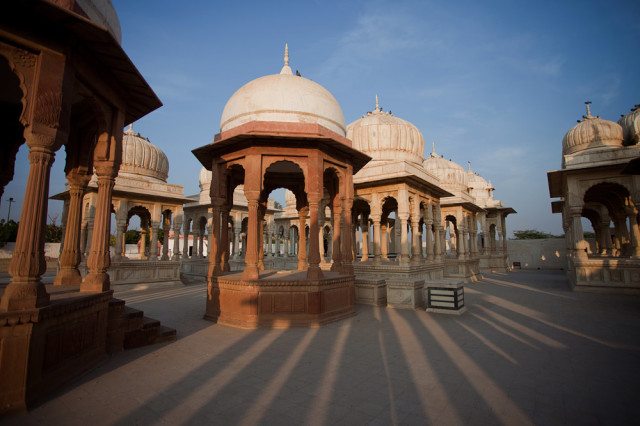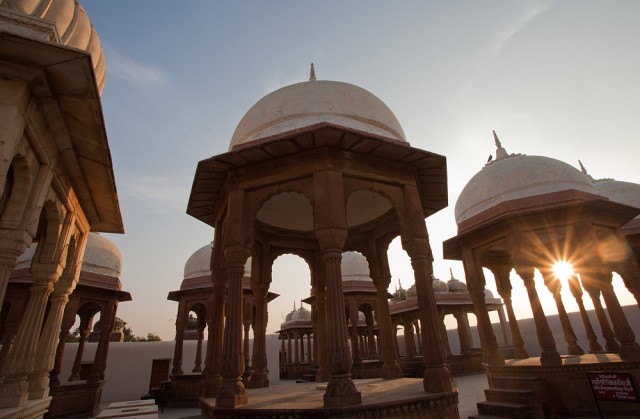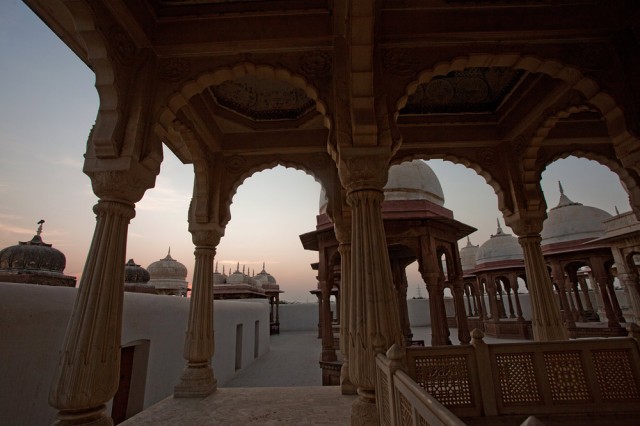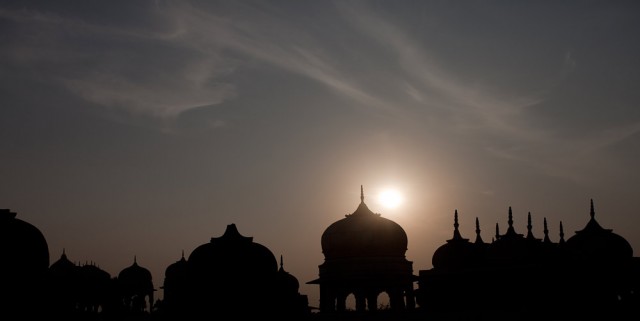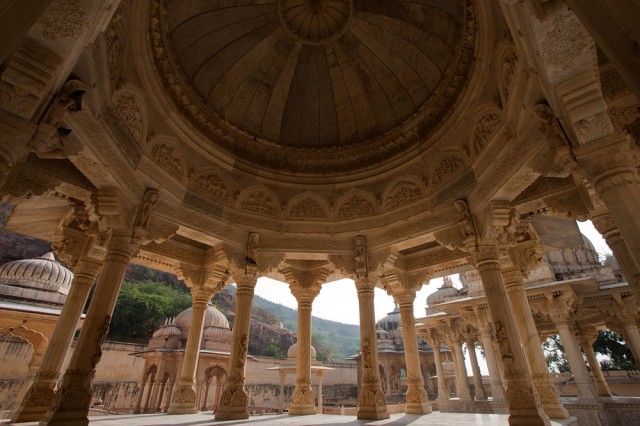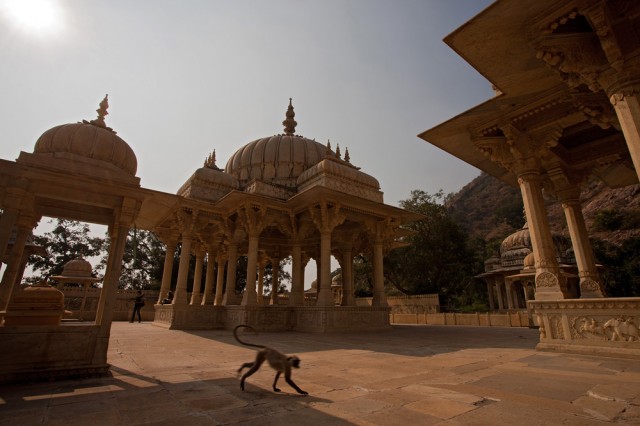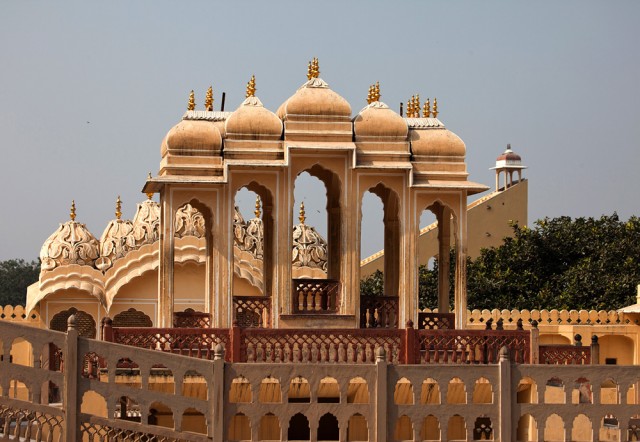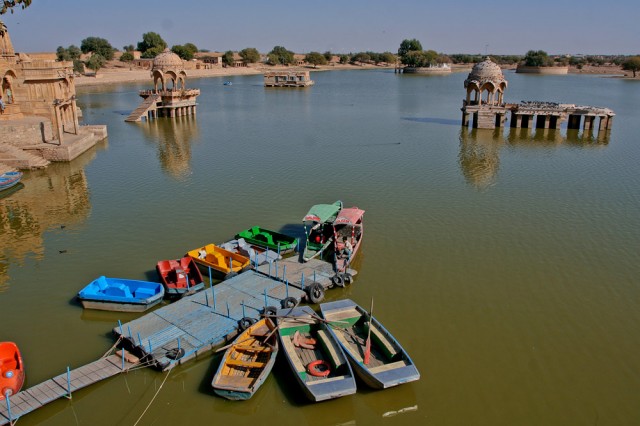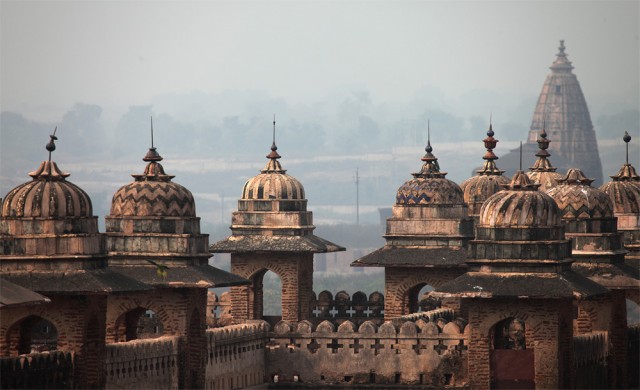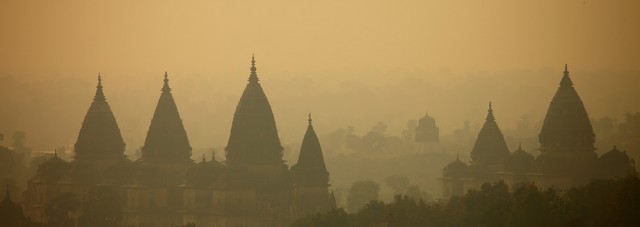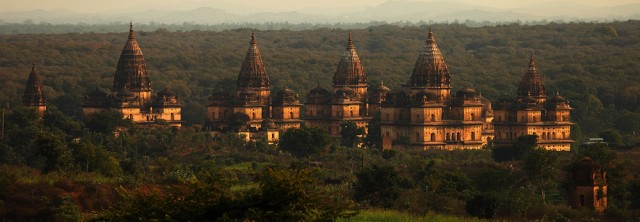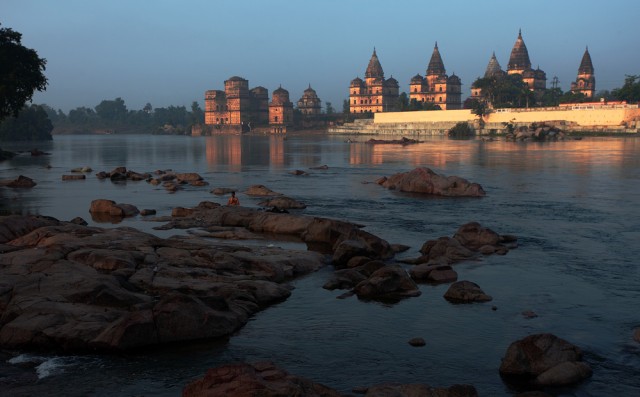Images – People at Work
In the recent past, I have been fascinated by the diversity of occupations that people around us practice. Knowingly and unknowingly, I have been photographing occupations for some time now, not always classifying and photographing because they are occupations but merely due to aesthetic value of what is unfolding next to me.
Here is a collection of images of people at their work.
One of my favourite subjects for photography is chai-shops and dhabas. You will find one not too far from you, no matter where you go. And each one has its own character. Some, like the one below, are open spaces that are quickly converted into a shop using nothing more than a stove and a bunch of utensils assembled over a pile of stones. And there are some that are built with make shift walls that could merely be a set of plastic sheets. They come in several different versions as well, like the mobile ones on a push-cart or the one that I saw built from the remains of an ancient truck.
We are a nation of retailers. If the numbers that I got to read subsequent to the recent announcement on FDI in retail are to be believed, we have more than a crore retailers in the country. To see the amazing variety of things that people sell, one should visit an old-worldsy market in any of our cities. They are usually hidden away from the arterial roads that may showcase swanky malls. These are the places where your mom may go to buy vegetables or your uncle may get supplies for his small business.
Some times I tend to think that the tough jobs are not just the ones that require lot of physical or mental activity, but also the ones that require a lot of waiting, like waiting for a customers, a job that every retailer will have to do except a few lucky ones who may be always busy serving the customers.
A large population in India, perhaps seconded only by agriculture, is supported by small business. A statistic puts the number at a fourth of the country’s population. Small, home businesses and industries like the one below–a setup for extracting silk yarn from cocoons–are often threatened by automation and industrialization. Yet, many survive. This silk yarn unit is one of the survivors in business, while many such units near Bangalore have closed down. But industries like pottery have survived in the absence of a prolific industrialized alternative.
In places near water bodies, lives and earnings of people living nearby depends a lot on water. Perhaps fishing, transportation on water and tourism account for much of the direct income from water bodie. It is interesting to see the diverse ways that people employ for catching fish. Throwing a net by hand, using powerful trawlers and angling are some of the ways. The Chinese fishing nets are a unique fishing style that was once popular in Kerala, though a few nets have remained in use today.
There are some jobs that are very unique, practiced by perhaps no more than a few hundred people in the entire world. The work of a mahout is one such, practiced only by a small population in India and another handful in rest of Asia. While only a mahout can tell how enjoyable his or her work is, it sure is a pleasure to watch these beautiful pachyderms being tended.
Sometimes I am fascinated by the way some very enjoyable jobs loose their original purpose to paperwork (this is only my prejudice and need not be taken as a fact). A school principal’s work, for example, is primarily to help his/her pupil learn. But I think in most occasions, a school principal is likely to be immersed in truck loads of administrative activities or paperwork, leaving very little time for teaching kids. This image below was shot on assignment for a school near Bangalore. My brief was to get a profile image of the principal for the school’d marketing material, at her desk in her room. The school administration wasn’t happy about a photograph that was taken by another photographer earlier. After I took the customary profile image, which they were happy with, I told them this can be done differently knowing the purpose for which the image will be used. I took the principal out of her desk, got her to an amphitheater and surrounded her with the kids from preschool. Here is the result for you to see.
Some jobs are truly sacred. Like that of doctors who save life, who often spend long hours working simply because someone else’s life depends on it. I photographed these doctors on assignment for a media firm that managed public relations of a semi-government organization. These doctors had arrived from the city to a government sponsored camp, where some critical care was provided to people who could not afford it.
I have always wondered on the large increase of the number of people employed as security officers in the last decade. Fifteen years ago, I don’t think we used to see a large number of private security personnel in blue uniforms everywhere. But today, every building seems to employ a large number of them. This lady, however, wasn’t a private security guard, but a government servant employed by the archaeological survey of India. What struck me and prompted me to make this image was the contrast between the colour of her bright uniform and the surroundings.
The task of a porter in the Indian Himalayas is a tough one. These people carry unusually heavy packs really high up the mountains, often in forbidding weathers and poor oxygen level. Yet, they seem to do it effortlessly and tirelessly, remaining active and cheerful even after the end of a long day of hiking. These porters, who were walking on a frozen river and carried the luggage of trekkers were subjected to a particularly difficult task. Even though they managed to put the luggage on a sledge and pull it along, they had to lift it on their shoulders where the ice surface was broken, while they climbed steep rocks in bitter cold. They were so capable, sometimes they even carried the trekkers on their back as they walked in frigid waters where the ice was broken, thus helping the visitors stay dry.
Shepherding is an occupation that we see across the country, from the deserts in Rajasthan to mountains of Kashmir. The variety of sheep that survives in these places and the purpose for which the sheep are reared can be different. The pashmeena goats found in the mountains are highly coveted for wool used in making expensive shawls.
Naturally, I have captured many images of people in my own profession – photography. It is a coveted line of work that a lot of people would love to get into. And for a valid reason – if you are well established, it is a work that takes you places and is a profession that is highly respected. As with any work that has a lot of excitement, it also comes with its share of difficulties. Photographers often have to work at unearthly hours in search of the right weather and lighting. Some genres of photography, due to the nature of preparation required, may have photographers working for very long hours and still has an element of unpredictability to it.
Like photographers, dancers fall under a broad genre of people whose work is considered art. These kalbelia dancers in the deserts of Rajasthan excel in their work and art, entertaining people who visit these desert lands. Kathakali (subsequent images) is a traditional performing art from Kerala, which involves people wearing rich colours and costumes to enact the stories from Mahabharatha. These artists are going through a long session of preparing for the show, which can be a more elaborate and time consuming process than the performance itself.
Out streets are always busy and filled with people who are engaged in some work or other, be it getting someplace, transporting goods from place to place or hawking to other people who are already busy on the road. There is a never an empty and dull moment on the streets of India’s cities.
One of the crucial jobs that is important for everyone’s well-being is the task of keeping our habitat clean. Here is a person sweeping the colourful ghats of Varanasi.
The work of camel drivers in the deserts of Rajasthan is seasonal. Come winter, they decorate their camel and hangout near sand dunes looking for tourists who want to go on a camel ride. The competition is fierce, and it takes a lot of waiting and a lot of coaxing the customers to get them on the camel back. The tourists who flock the desert in winter disappear during the hot summer months.
Not every work is occupational. It is common to find women using public tanks in the villages as a place for washing clothes, and use that time to catch up with all the gossip.
And there are some tasks, which many people assume to be a service rendered than a service that has to be paid for. This priest, like many priests across the country, probably made a living working as a priest, though people who visit the temple may never treat his availability for them as a service that needs to be compensated for.
This is an unusual way to ferry tourists, seen in Keoladeo National Park in Bharatpur. Motorized vehicles are not permitted in the park, but it is a place small enough to be crisscrossed using bicycles and cycle-rickshaws. While a lot of people prefer to walk, there are a good number of people who hire cycle-rickshaws as well for transport. When someone hires a bird guide as well as rickshaw, the guide rides along with the group in his own bicycle, scouting for birds on either side of the road. Foggy weather is a common occurrence in the park area during winters, which reduces the visibility, but usually good enough for seeing birds.
It is amazing how many different types of occupations exist in this world. They perhaps number is in tens of thousands or even higher. A quick search on the internet seemed to indicate that no one has every tried to count, although occupations may have been categorized and grouped into a countable number of genres.
